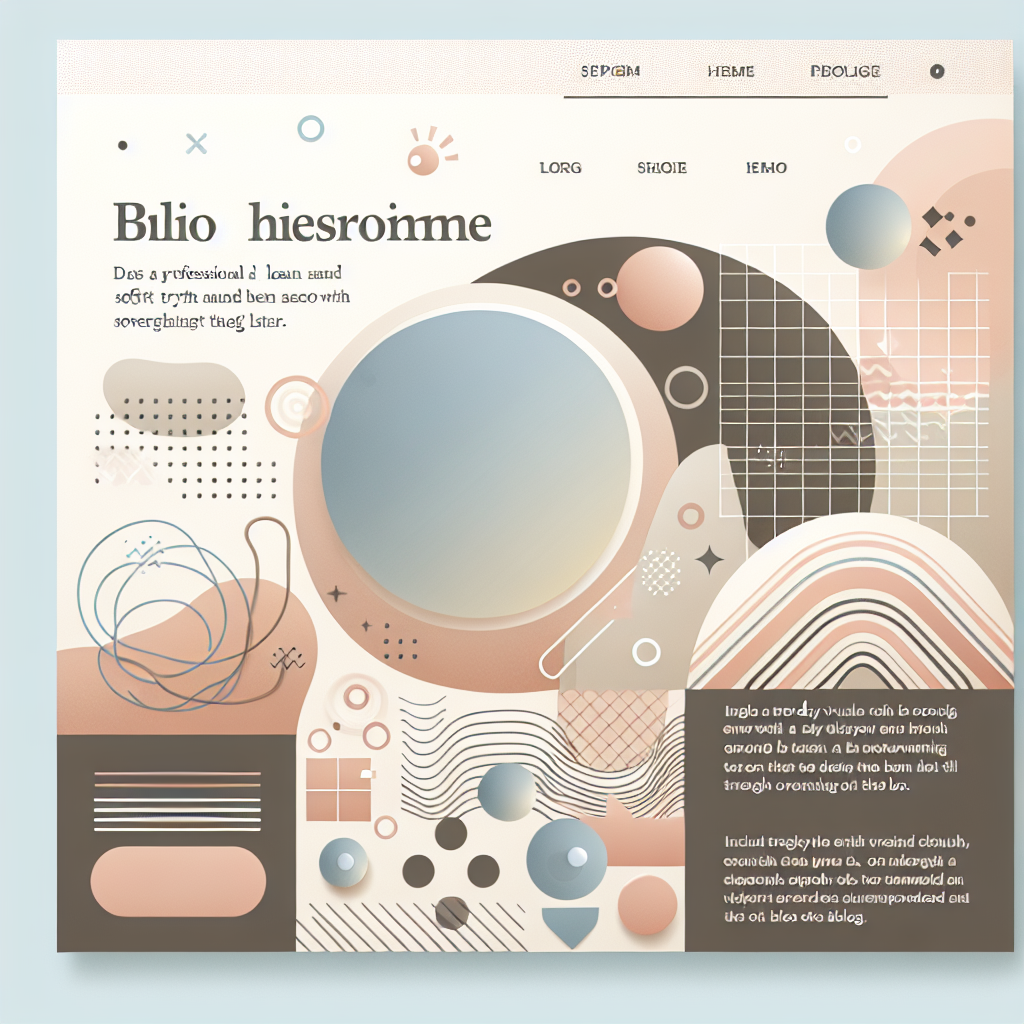
As we step into 2025, the web design landscape is evolving rapidly with the integration of artificial intelligence (AI) technologies. This year promises to bring transformative changes in how designers approach their work, the tools they utilize, and the overall user experience. In this blog, we will dive into the current trends shaping web design and how AI is playing a pivotal role in these changes.
AI is no longer just a buzzword; it has become a fundamental part of web design. From automated layout generation to personalized content recommendations, AI tools are enhancing creativity and efficiency in the design process.
Today’s users expect personalized experiences, and web design is responding accordingly. AI helps designers create adaptive layouts that change based on user interactions.
“Personalization is no longer an option; it is a necessity in user-centered design.”
Utilizing machine learning algorithms, websites can now adjust content dynamically, presenting users with offerings that resonate with their preferences, thus enhancing engagement.
The market is filled with innovative AI-powered design tools that are changing the way designers work. Here are some key names to consider:
Collaboration between designers and AI is essential. Embracing AI doesn’t mean replacing the human element; it enhances it. Designers will find themselves working alongside AI to produce better, more impactful designs.
As we embrace 2025, the role of AI in web design cannot be understated. From automating mundane tasks to enhancing creative decisions through data-driven insights, AI is set to revolutionize the field. Now is the time for web designers to harness these innovations to stay ahead in the competitive landscape.
Ready to transform your web design projects with AI? Explore the latest tools and trends today!

